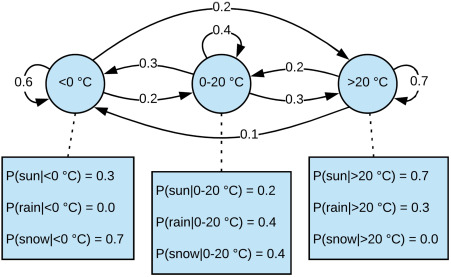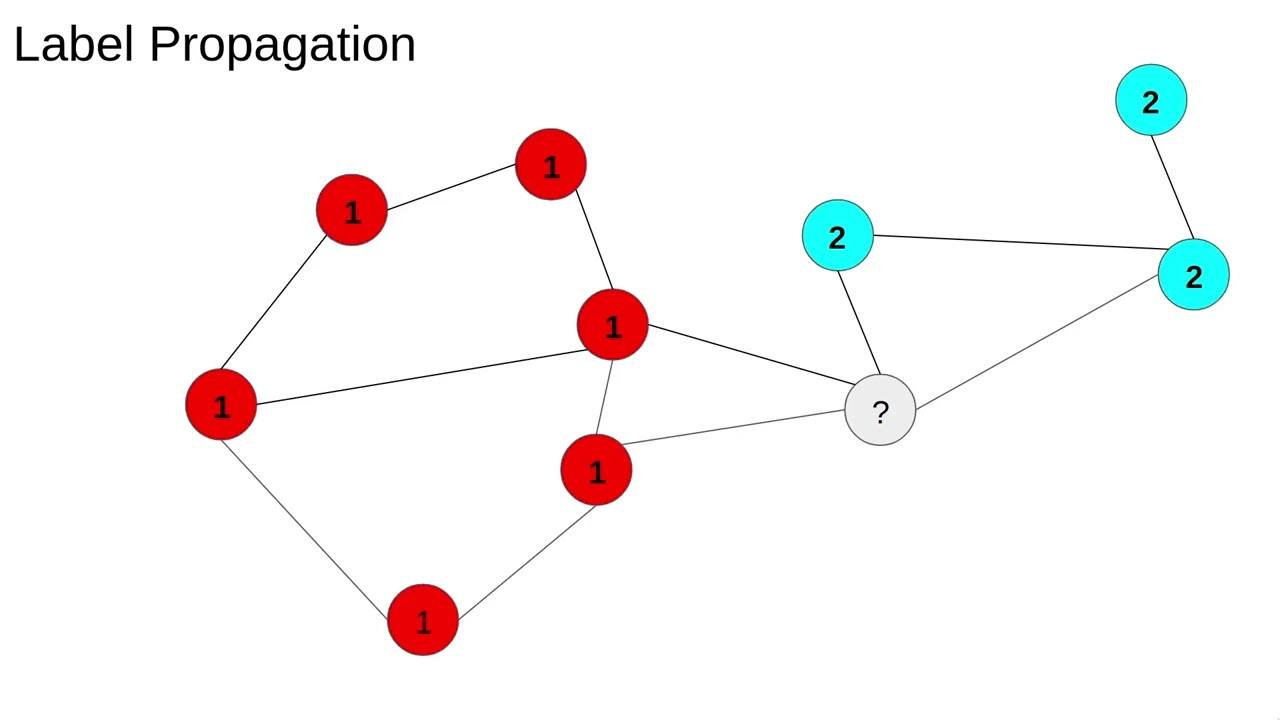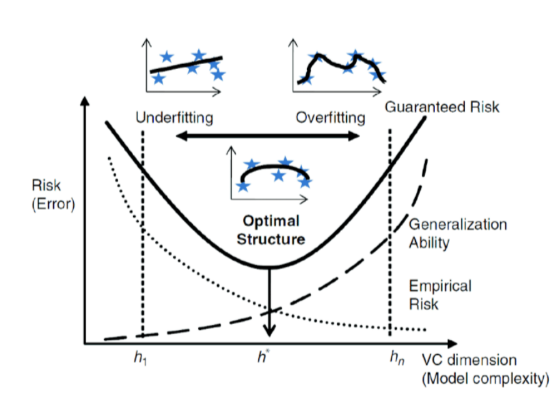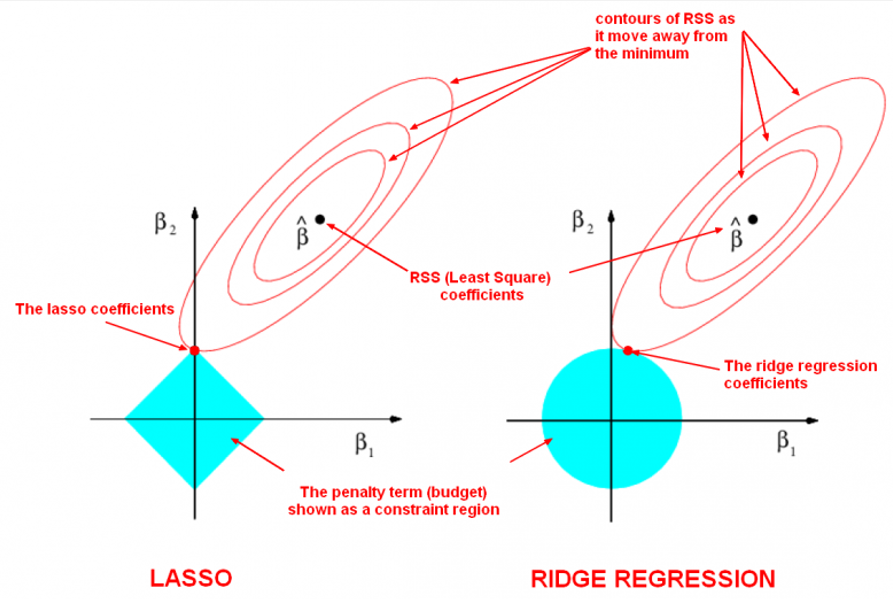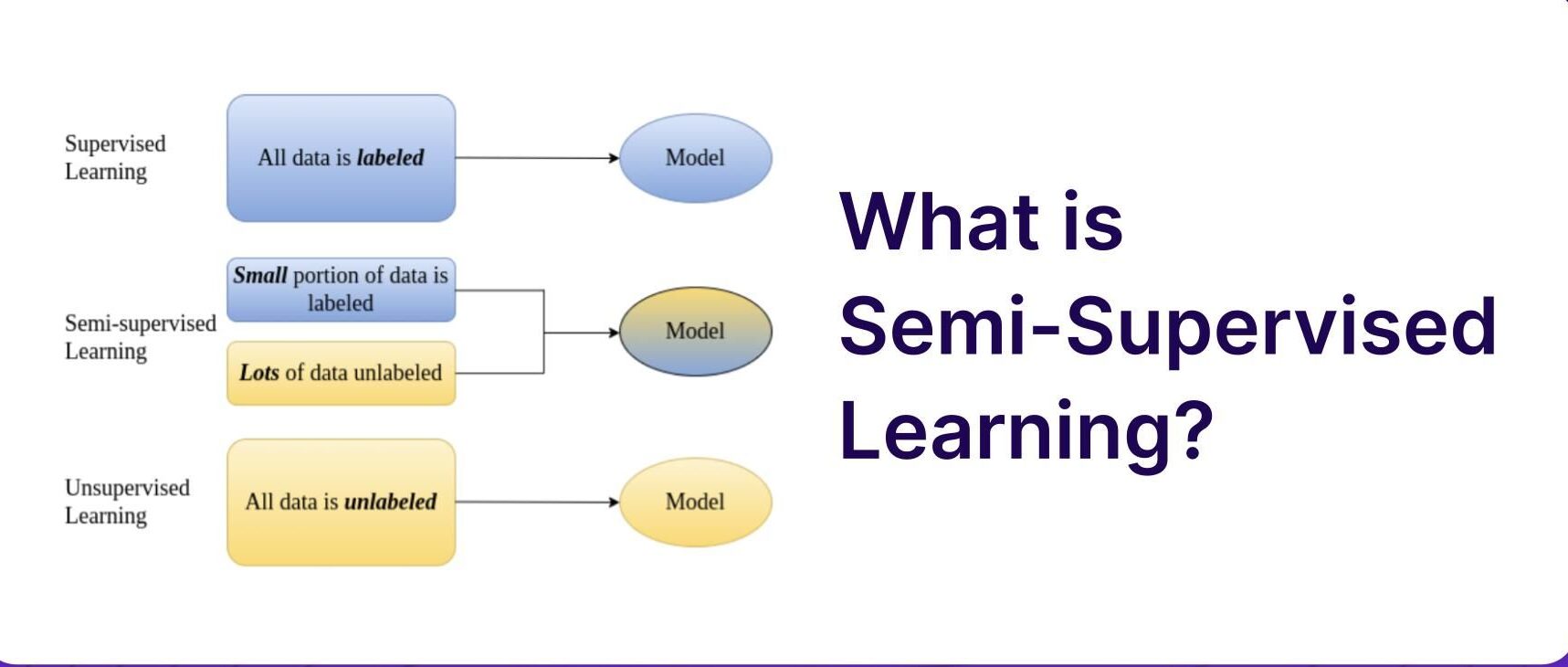A Brief History of This Tool Markov Chains, introduced by Russian mathematician Andrey Markov in 1906, revolutionized stochastic modeling: his work on probability transitions provided a framework for analyzing dynamic systems. Today, Markov Chains are foundational in machine learning, financial …
A Brief History: Who Developed Hidden Markov Models (HMMs)? Hidden Markov Models were introduced in the 1960s by Leonard E. Baum and colleagues. These models have become pivotal in various industries, from speech recognition to bioinformatics, thanks to their adaptability …
A Brief History of Label Propagation: Who Developed It? The concept of label propagation originated in graph theory, a mathematical framework for analyzing connections in networks. It became a pivotal technique in semi-supervised learning, which utilizes both labeled and unlabeled …
Imagine building a toy car: each part—the wheels, the engine, the body—plays a specific role in its performance. Similarly, the features of a machine learning model are its building blocks, extracted from data, that enable accurate predictions. Understanding features is …
Hidden Markov Models (HMMs) are essential in predictive analytics, solving real-world challenges in speech recognition, bioinformatics, and financial forecasting. This blog explores HMM parameter estimation, a fundamental concept in sequence modeling. A Brief History: Who Developed It? HMMs were introduced …
Imagine adjusting the focus of a camera lens: a wide aperture captures more details but risks blurring the image, while a narrow aperture misses finer details but ensures sharpness. Similarly, Vapnik-Chervonenkis (VC) capacity is like a lens for machine learning …
A Brief History: Who Developed Ridge Regularization? Ridge regularization, also known as L2 regularization, emerged in the 1970s to address multicollinearity in linear regression models. Researchers Arthur E. Hoerl and Robert W. Kennard pioneered this technique to stabilize regression models …
A Brief History: Who Developed It? The covariance rule, rooted in Hebbian theory, was first conceptualized in the mid-20th century by Donald Hebb, a Canadian psychologist and neuroscientist. This idea later evolved into mathematical models that allowed the scientific community …
A Brief History: Who Developed It? The Adjusted Score Index (ASI) was developed as a statistical method to evaluate clustering performance: it adjusts for random chance to ensure accurate assessments. Building on the Rand Index, the ASI addresses its limitations …
A Brief History: Who Developed Semi-Supervised Learning? The concept of semi-supervised learning (SSL) emerged in the late 1990s to address challenges in leveraging unlabeled data for machine learning. Researchers like Xiaojin Zhu played a significant role in formalizing SSL techniques. …



